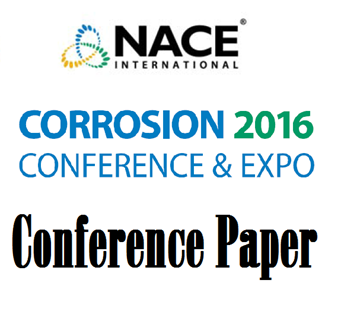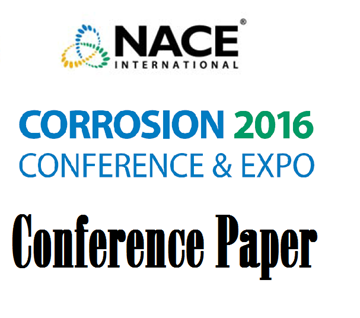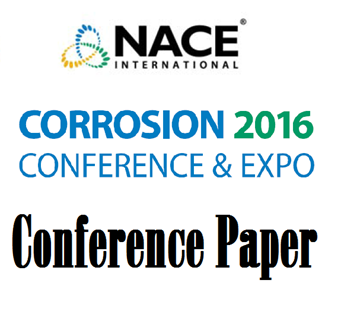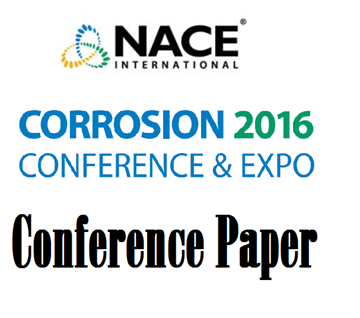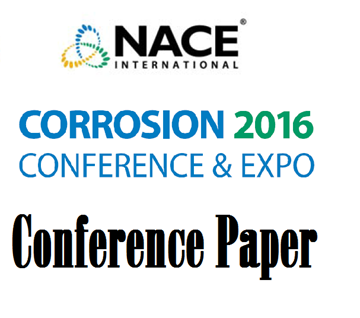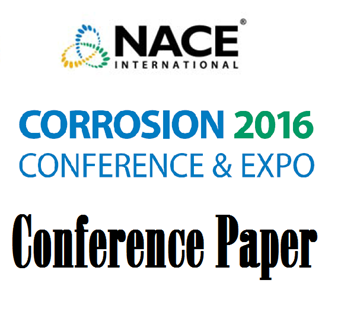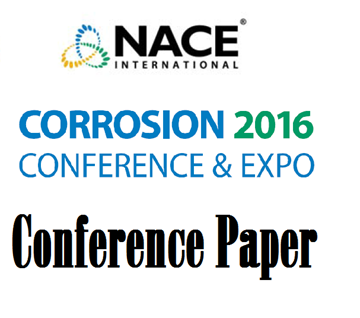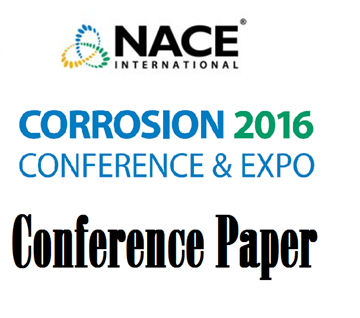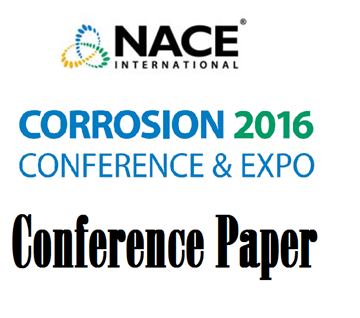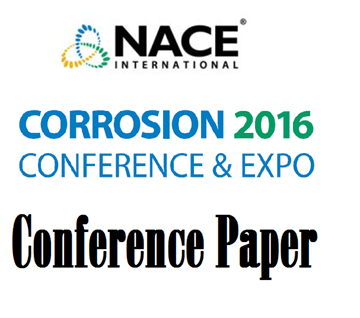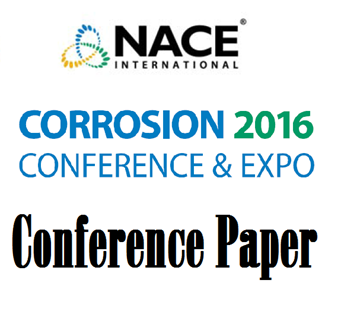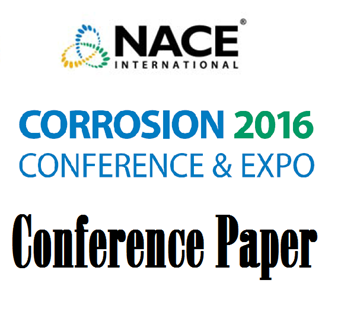Search
Science of Corrosion
View as
Sort by
Display
per page
51316-7149-Corrosion Mechanism of API X80 Steel Material in Sour Environment at Different Temperatures
Product Number:
51316-7149-SG
ISBN:
7149 2016 CP
Publication Date:
2016
$20.00
51316-7155-Effect of Sidegroove Root Configuration on Edge Fracture on DCB Test
Product Number:
51316-7155-SG
ISBN:
7155 2016 CP
Publication Date:
2016
$20.00
51316-7173-Development of Carbon Steel for Pipe Resistant to Stress Corrosion Cracking in Fuel Grade Ethanol
Product Number:
51316-7173-SG
ISBN:
7173 2016 CP
Publication Date:
2016
$20.00
51316-7182-Bovine Serum Albumin Adsorption on AISI 316L And Ti Alloys in Phosphate Buffered Saline Solutions
Product Number:
51316-7182-SG
ISBN:
7182 2016 CP
Publication Date:
2016
$20.00
51316-7184-Corrosivity of Produced and Make-up Water in Oil Sands Thermal Water Treatment Systems
Product Number:
51316-7184-SG
ISBN:
7184 2016 CP
Publication Date:
2016
$20.00
51316-7193-Influence of Magnesium on SCC Susceptibility of Duplex Stainless Steels in Boiling Solutions
Product Number:
51316-7193-SG
ISBN:
7193 2016 CP
Publication Date:
2016
$20.00
51316-7199-Documented Evidence of Significant Metal Loss in Aluminum Crevice Corrosion
Product Number:
51316-7199-SG
ISBN:
7199 2016 CP
Publication Date:
2016
$20.00
51316-7203-The Effect of Notch Configuration on NACE TM0177 DCB Elastic Compliance and Recommendations for Futu
Product Number:
51316-7203-SG
ISBN:
7203 2016 CP
Publication Date:
2016
$20.00
51316-7211-Impact of Charging Conditions and Membrane Thickness on Hydrogen Permeation: Thick/Thin Membrane Concepts Revisited
Product Number:
51316-7211-SG
ISBN:
7211 2016 CP
Publication Date:
2016
$20.00
51316-7212-Formation of Galvanic Cells and Localized Corrosion under Atmospheric Conditions
Product Number:
51316-7212-SG
ISBN:
7212 2016 CP
Publication Date:
2016
$20.00
51316-7214-40 Years of José R. Galvele´s Localized Acidification Pitting Model: Past Present and Future
Product Number:
51316-7214-SG
ISBN:
7214 2016 CP
Publication Date:
2016
$20.00
51316-7224-A Study of Reactivation Process of Passivated Localized Corrosion of Carbon Steel in Radioactive Waste
Product Number:
51316-7227-SG
ISBN:
7227 2016 CP
Publication Date:
2016
$20.00

